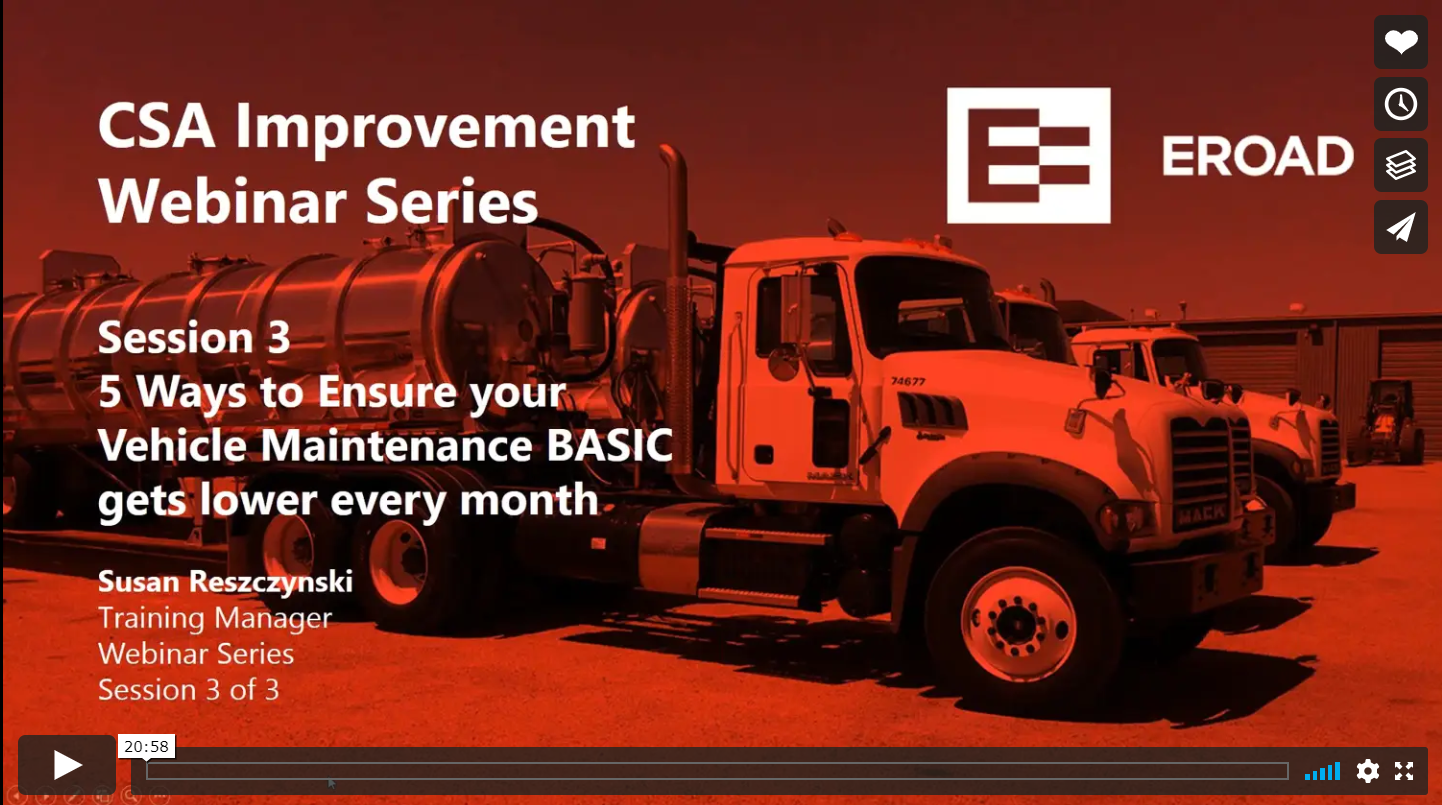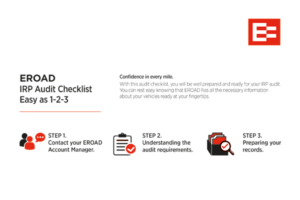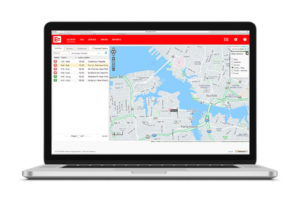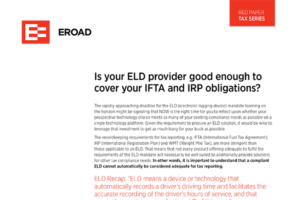GUIDE
CSA Improvement Series: Vehicle Maintenance BASIC

Watch the video
Noncompliance with the Vehicle Maintenance BASIC is among the most common when it comes to CSA citations. This is in part due to many vehicle maintenance violations being easily visible to roadside inspectors (think lights and tires). This also means your drivers or maintenance staff should be able to spot these before it’s too late. Regular pre- and post trip inspections, as well as annual checkups, are critical to ensuring compliance with this BASIC.
Some common Vehicle Maintenance BASIC violations include:
- Non-functioning or obstructed lights/lighting devices
- Damaged or degraded braking systems
- Broken or cracked mirrors/windshields
- Excessive suspension wear
- Wet wheel seals
- Improperly secured cargo
- Missing, damaged or inoperable emergency equipment
- Inoperable windshield wipers
- Wear on saddle tank straps
- Missing or damaged bolts
- Broken or missing lamps/reflectors
This list is just a sample of the violations that are cited hundreds of times every day across the country. The number of CSA points assessed varies with severity, but once a violation is cited, both driver and carrier have to live with the penalty. Training should encourage diligent vehicle maintenance and clear documentation of that maintenance.
How the Vehicle Maintenance BASIC affects logs and reporting
Each Driver Vehicle Inspection Report (DVIR) serves as evidence of vehicle maintenance. Missing or incomplete DVIRs tell safety investigators right away that something is wrong, and a lack of pre-trip inspection is an automatic 4 points against CSA scores.
Most violations for maintenance are easy to see. Any time a vehicle is parked in the yard, be sure to check it for visible issues with tires, lighting, mirrors, windows, windshields, and so on. Once repairs are made and documented, a driver is less likey to risk racking up easy-to-avoid penalties during roadside inspections.
Train drivers to produce DVIRs to management as soon as possible following a trip. Delayed reporting may look like a driver is trying to avoid inspection. Best practices call for reports to be submitted by end-of-day once a trip is complete. If you’re doing DVIR’s electronically, even better. Electronic DVIRs are automatically sent to the back office and shop, so mechanics can see real-time any issues and fix them in a timely fashion.
Annual inspections also reduce the risk of citations. Older vehicles should be assessed for overall efficiency at least once per year. Be sure to maintain any receipts for repairs or replacements, just in case questions come up about the age or state of a vehicle’s component(s) during inspection.
How the Vehicle Maintenance BASIC addresses cargo securement and OOS
Cargo securement is another pain point that this BASIC covers in lengthy detail, yet can be easily avoided with proper procedures in place. When cited for cargo-related violations, the penalty is typically 1 point, though they range up to 7 points per instance of securement noncompliance.
Different cargo calls for different securement best practices. DVIRs can be customized to address specific types of cargo securement expectations. Drivers can only work with what they have in front of them, so carriers should be specific in dealing with shippers, clients and other third parties to ensure appropriate cargo securement tools and materials are available, that the time for loading or unloading is practical, and that drivers and loading personnel document that a load is secure before it hits the road.
Some vehicle maintenance violations can lead to a vehicle being placed out-of-service. This delays trips, costing money, time and good reputations. Once placed OOS, it is important to avoid any temptation to use that vehicle until it is cleared – this results in a whopping 10-point violation, no questions asked.
These violations remain in the FMCSA Safety Measurement System for 24 months. Clearly, it is better to plan ahead and avoid lost work time due to suspended drivers or OOS vehicles. Electronic record keeping and maintenance make it easier than ever to present inspectors with good, clean records, but it is up to carriers to train drivers and staff to ensure that those records are, in fact, good and clean.
Learn the five ways you can ensure your Vehicle Maintenance BASIC gets lower every month by watching the third installment of our CSA Improvement Webinar Series.
EROAD can help answer more specific questions about the Vehicle Maintenance BASIC, FMCSA regulations and CFR Parts 392, 393 and 396. Please keep checking our blog and resource library to keep your CSA Scores low and your fleet safe!






